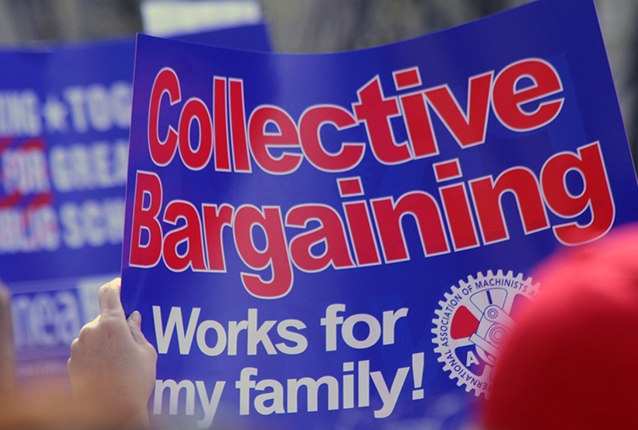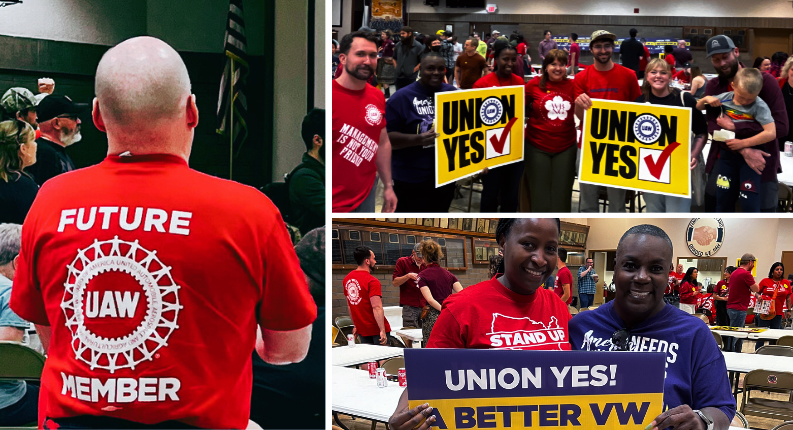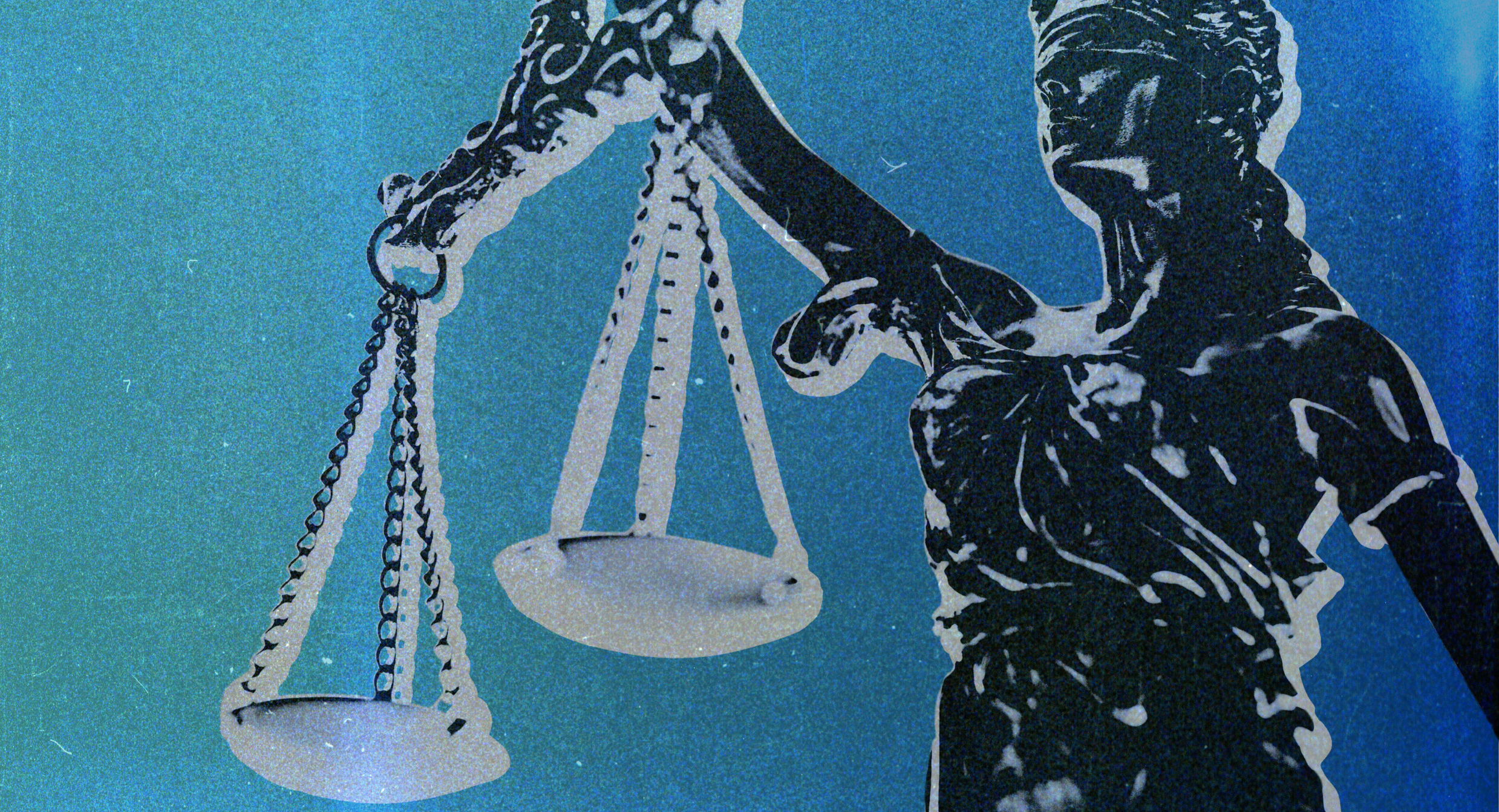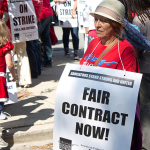If you’ve never been in a union, chances are the concept is pretty foreign. When it comes to understanding unions, collective bargaining, and labor laws, the technical jargon can get really confusing, not to mention all of the misinformation about unions that’s regularly spread around. This quick tutorial gives the nuts and bolts about what a union is… and isn’t!
(Download the printable PDF version too!)
- A union simply refers to an organization of two or more employees who band together as a single entity to address hours, pay, and working conditions with their employer.
- Unions are democratic institutions with leadership at the national, regional, and local levels elected by members. Like democratic nations, unions are guided by constitutions that were drafted and ratified by their members. The constitutions formalize policies to govern how a union operates, detailing everything from leadership compensation to processes for settling internal disagreements. 1
What do unions do?
- Unions promote and protect the interests of all employees, dues-paying and non-dues-paying alike, and even those workers who may never even be represented by a union. They collectively bargain with employers to secure written agreements for employees about pay, benefits, and working conditions. Unions represent employees in disciplinary processes, lobby for laws and regulations that protect working families at all levels of government, and offer a range of member services to help employees outside of the workplace.
- It’s easy to forget that unions fought for many of the protections we take for granted in today’s workplaces: the minimum wage, the eight-hour work day, child labor laws, health and safety standards, and even the weekend. Today, unions across the country are still on the frontlines advocating for basic workplace reforms like increases in the minimum wage and mandatory paid sick leave.
- Studies show that a large union presence in an industry or region can raise wages even for non-union workers.2
Why join a union?
- Unions are the only avenue for workers to have a collective bargaining agreement. Without a collective bargaining agreement, employees have almost no rights in U.S. workplaces. Employers can make up work rules and arbitrarily decide on disciplinary procedures as they go along. A non-union employer can often fire an employee without cause, unless an employee proves they were illegally discriminated or retaliated against.3
- Collective bargaining agreements are legally enforceable contracts holding employers and employees to mutually agreed-to workplace rules and processes. They are intended to provide a fair and just workplace by clarifying and outlining clear expectations for employees. While, of course, numerous worker protection laws are on the books – laws that unions fought hard to get – they’re only useful when enforced. Unions watch out for workers to ensure that their rights are protected and provide the technical expertise needed to see through enforcement.
- Most noticeably, collective bargaining agreements typically contain a clause requiring an employer to show “just cause” – which is a provable, legitimate reason – for disciplining and/or firing an employee, ensuring employees have a formal channel of due process to defend themselves and reducing chances that workplaces practices are not unlawful, discriminatory, or arbitrary. These rights are similar to what we expect in our justice system.
- In an effort to reduce uncertainty, many collective bargaining agreements even describe protections for employees if a company is restructured, bought out, or merged with another firm. Others contain specific provisions that restrict the amount of work employers can outsource, helping to protect American jobs.
Is there still a need for unions?
- Most Americans (61 percent) believe that “labor unions are necessary to protect the working person.”4
- Employees in a wide range of professions are choosing to form unions, including health care, teaching, engineering, manufacturing, public services, facility maintenance, law enforcement, medicine, and even law.5 In fact, the NLRB has seen over 3,000 requests for union representation elections among nursing home and non-acute care employees alone in the last decade.6
Do unions help or hurt business?
- Unions raise productivity on average by up to 24 percent in manufacturing, 16 percent in hospitals, and 38 percent in construction. Union workers also have higher professional standards because the unions increase opportunities for worker training. In fact, most unions even offer their own training.7
- Some of the country’s most successful companies have a union workforce, including: Southwest Airlines, AT&T, Costco, and UPS.
What laws regulate unions and collective bargaining?
- The National Labor Relations Act governs union organizing and collective bargaining for most of the private sector. It includes protections for workers against employers and unions and is enforced by the National Labor Relations Board. The Railway Labor Act governs employment relations for airlines and railroads and is enforced by the National Mediation Board. Public sector collective bargaining is regulated by various state statutes for state and local government workers and federal statutes for federal workers.
- Unions are one of the country’s most regulated entities. As dictated by the Landrum-Griffin Act of 1959, they are required each year to file a detailed disclosure form with the U.S. Department of Labor showing how member dues were spent, including the salaries of union officers and staff.8
Download a printable PDF of Unions 101.
1. Katz, H.C., Kochan, T.A., & Colvin, A.J.S. (2008). An Introduction to Collective Bargaining & Industrial Relations (3rd ed.) New York: McGraw-Hill.
3. A person cannot be fired for a reason that is protected under the law, like discrimination, but the process and determination comes long after someone was fired.
4. -.(2009). Trends in Political Values and Core Attitudes: 1987-2009. Washington, DC: The Pew Research Center.
6. Specialty Healthcare and Rehabilitation Center of Mobile and United Steelworkers, District 9, Petitioner. Case 15-RC-8773, 356 NLRB No. 56.
7. Belman, D. (1992). “Unions, the Quality of Labor Relations, and Firm Performance,” in Unions and Economic Competitiveness, Lawrence Mishel and Paula B. Voos, eds., Armonk NY: M.E. Sharpe, 41-107.








